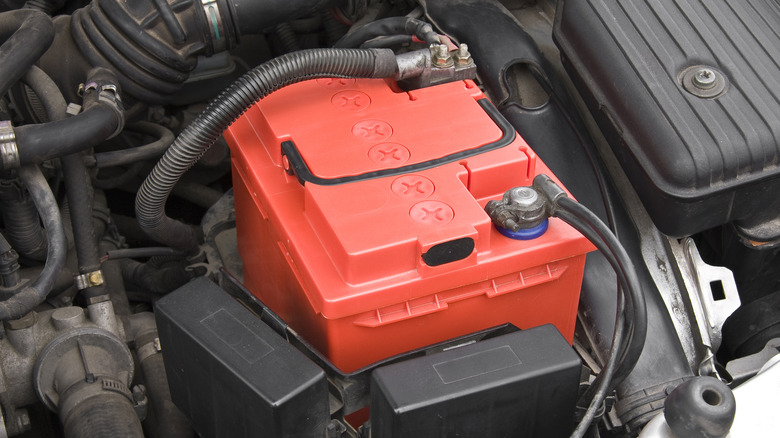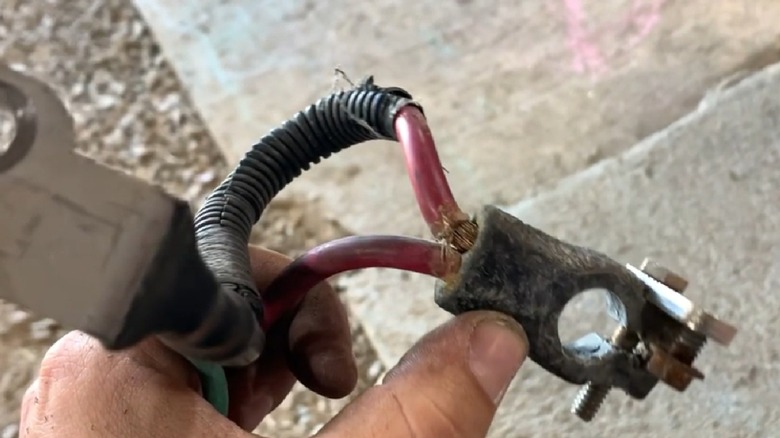Are Car Battery Terminals Universal, And Can They Be Replaced?
If you visit or call an automotive parts store or a professional car mechanic to inquire about getting the terminal ends of your car's battery cables replaced, they're going to ask a lot of questions concerning the make, model, and year of your car. Don't be alarmed; these questions aren't signs your auto-mechanic is overcharging you. Instead, it's because battery terminals are not universal.
Your car's battery terminals are designed to work with the battery-type that came with your car. While replacing battery terminals is a straightforward task, there are several different types of battery terminals used by the various automakers in the world. One of the most common, especially on American-made cars, are SAE (Society of Automotive Engineers) terminals. These are used on batteries with tapered round posts located on top of the battery case, where the positive post is larger than the negative. However, the size difference and the taper are so slight that it's easily unnoticed. The SAE battery terminals clamp onto the round battery posts via various designs.
Another battery terminal type common in the U.S., especially on some General Motors (GM) and GMC cars and trucks, is the side-post terminal. As the name implies, side-post battery terminals are located on the side of the battery case.
Japanese Industrial Standard (JIS) battery terminals are similar to SAE terminals, just smaller in diameter. You'll find JIS terminals on older cars from Japanese automakers. Other oddities include L terminals commonly found on motorcycles, snowmobiles, and lawn equipment and top-mounted stud terminals used on heavy-duty trucks.
When should you replace your car's battery terminals?
While there's nothing in your car's maintenance schedule about replacing your battery terminals like there is for routine maintenance items, they will need to be replaced if there is visible damage, broken or missing parts or bolts, or if there are visibly frayed wires (pictured above). Sometimes, you may get by with simply cleaning your car's battery terminals if the corrosion is only on the surface and has not infiltrated the battery cable wire.
Faulty terminals are among the reasons that your car battery keeps dying or that your car won't start. It's always a good idea to seek the services of a professional automotive repair technician to replace them. However, if you're set on taking the DIY route, you should check out some of the best independent YouTube channels dedicated to car repairs for advice before you start.
There are universal fit battery terminals that could work for your car provided they are designed for the type of battery installed. Conversely, you could get battery terminals specifically designed for your vehicle for a cleaner installation. However, for the best results, you can buy replacement battery cables for your vehicle that come with factory-installed terminal ends that allow you to skip cutting and reusing old battery cables with potentially unseen internal damage or corrosion.

